

Gautam Sharma
4 Months Ago
The Porsche 911 GT3 RS is one of the most track-focused road cars you can buy. It's no surprise it's a weapon at the hands of Chris Atkinson.
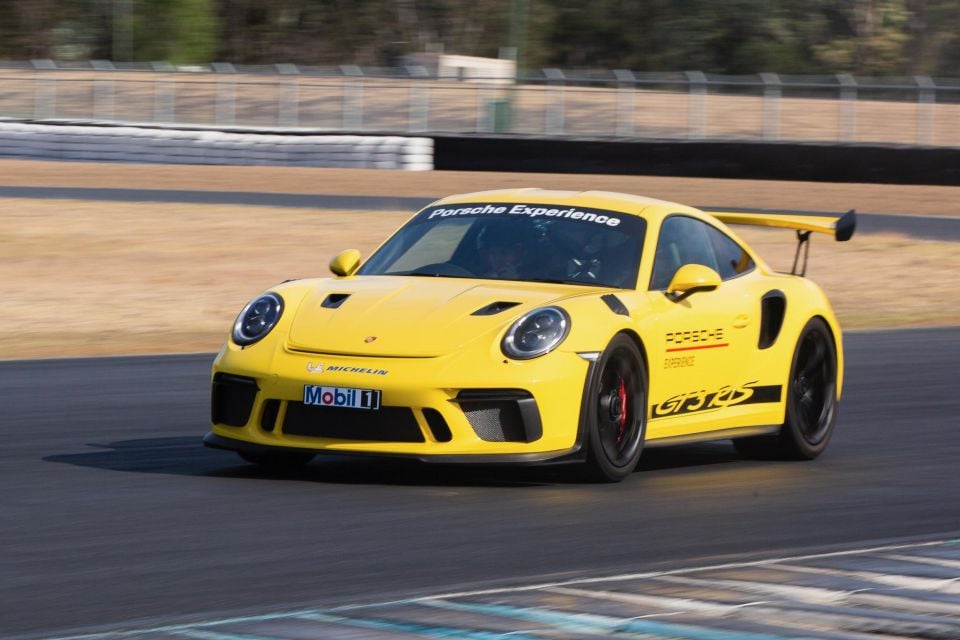


Performance Editor
New from
$229,100
excl. on-roads

Performance Editor
New from
$229,100
excl. on-roads


Performance Editor
New from
$229,100
excl. on-roads

Performance Editor
New from
$229,100
excl. on-roads
Quickly see how this car stacks up against its competition. Select any benchmark to see more details.
Take advantage of Australia's BIGGEST new car website to find a great deal on a Porsche 911.
The new 992 Porsche 911 has already taken on our track and won the praises of Chris Atkinson. This time around the lean, mean 991.2 911 GT3 RS steps up to the plate.

When you think track cars, the 911 GT3 RS is one of the first cars that comes to mind. Porsche knows and expects these cars are going to be tracked, so when we got the chance to set a lap at our test track I was pretty keen to see how it would perform.

It’s so easy to forget that this is still a road car that you can drive home! It does many things better than some race cars I have driven, and you are really drawn into the experience of trying to get the most out of the GT3 RS
Ok, so it was never going to be a surprise that this was going to be the quickest car to date, but it was more game of how much could I get out of it in just four laps, and what level of risk was I willing to expend to achieve that time.
The GT3 RS may be a track car at heart, but being a Porsche means it can also be daily driven. Look, it’s not the most comfortable thing on the planet to daily, but it’s well and truly civilised and comes with enough creature comforts that you won’t hate yourself doing it.

In saying that, that giant wing on the rear does tend to stick out a bit when you park it at the local Coles carpark.
The 4.0-litre naturally-aspirated flat six, is an absolute treat on the track. It’s not an engine that makes you yearn for that turbo surge, this achieves it the natural way and it works all the way to 9000rpm.

The 383kW of power and 470Nm of torque are more than enough, and also most importantly are very engaging in the whole experience. The engine is so loud and crisp you know exactly what to expect, and exactly which gear it wants you in.
The engine is linear and offers a real direct link between the sound, the throttle, and the result. The input of the driver is aligned with the resulting output of the car and enables you to both perfectly and imperfectly determine the outcome… Basically it’s a proper driver’s car. You are in full control – if it’s a mistake, it’s your fault!

The way the torque curve overlaps with the power band gives a seamless feeling, and is a critical element in making a drivable car.
Too often in the pursuit of performance numbers this critical element is sacrificed, but not here! The fact that you don’t even notice it shows the effort that has been but into the development of this engine.
Braking was really solid as you would expect, and I had no drop off at all. Although you still have an assisted pedal, it offers pretty good resistance and modulation ability.
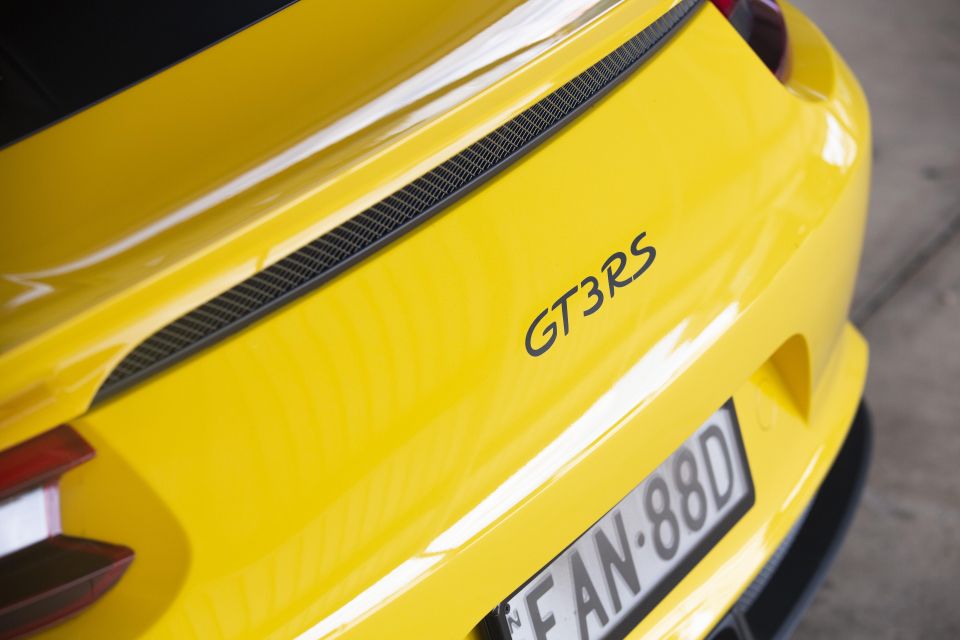
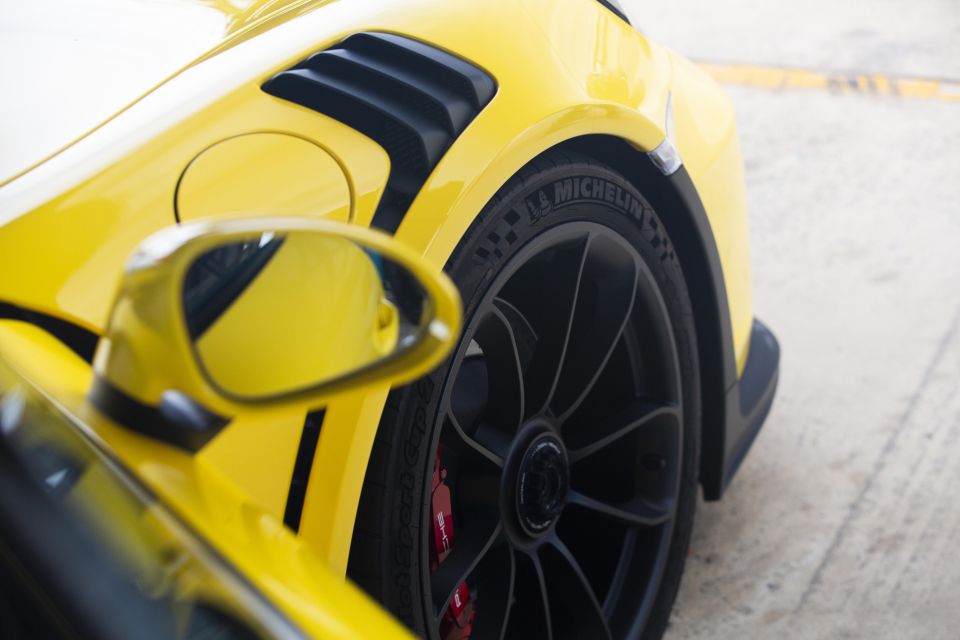
The biggest issue is that you’re basically entering braking zones as fast as most race cars, so it would be nice to have the solid feel and response of a race pedal. This is only a negative because the rest of the car is so good.


I would say the biggest area of improvement I had left in terms of lap time would be in the braking area. I can’t say on any lap that I nailed all the braking points nor got my brake release spot on either. When you’re in a car so capable and so fast, milliseconds of response make the difference.
The fact the braking system is still capable of everyday driving just hurts the GT3 RS a little bit.
The chassis is very dynamic, it hasn’t been dialled back at all. It feels like a very pointy car and responds to every input the driver offers.
When you place the car in exactly the right spot it offers so much confidence and support, and as you squeeze the throttle it squats slightly and drives the car forward. But if you overdo it and ask too much, it lets you know immediately and you’ll have to rely on your skill set as a driver to recover the situation.
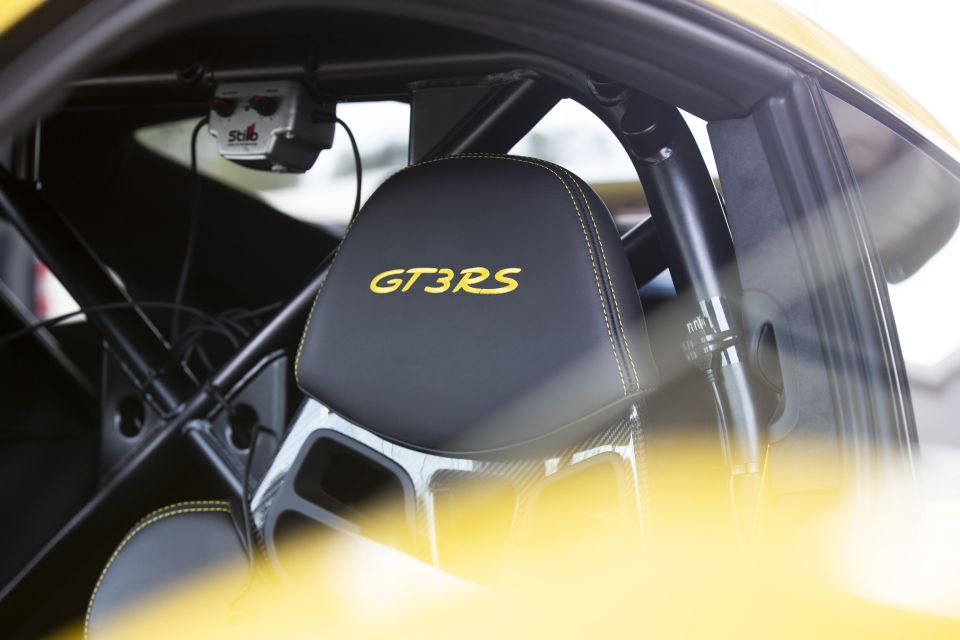
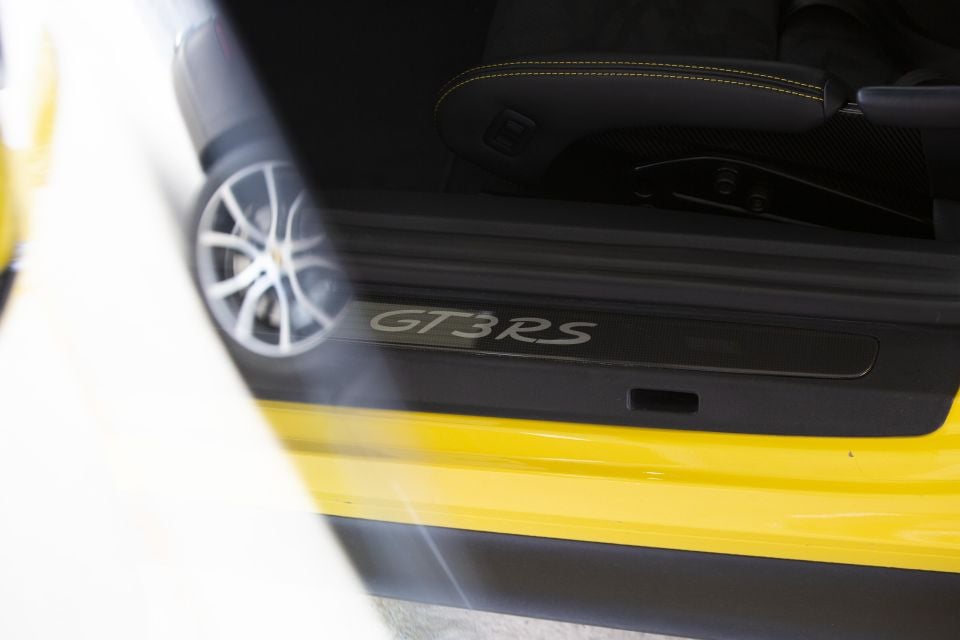
The important thing here is that these moments aren’t usually life or car-threatening, but they are lap time destroyers. You’re told instantly that you have made a mistake and you are not getting that time back.
Most cars don’t tell you when you have thrown time away, but the GT3 RS does! It doesn’t hide things.
The gearshifts in the seven-speed PDK transmission are so sharp and smooth, there’s no hesitation and the authority you have over it makes you feel so in control of the car.
Gear ratios are really well spaced and even on our test track, which has some tight corners, I never felt I was missing out or couldn’t get the engine to do what I wanted.

With such a useful engine it would have been pretty hard to get this part wrong, and Porsche definitely hasn’t.
I really needed some more time with the car to completely understand the differential. With a lot of my mental capacity just going to getting the most out of the lap, breaking down and understanding details can take some more time and a variety of situations.

The feeling I got was very positive, the locking on exit was so smooth and in synergy with the power being applied. Both in high- and low-speed corners I could really lean on the rear and feed in the power with no surprises.
It felt really connected but not completely locked, so you still had the ability to manage the situation.

During the entry phase of the corner, it felt very free and almost rotated too easily. My assumption is that the Porsche Torque Vectoring system was helping massively with this.
It felt there was almost no limit to the speed that I could carry into a corner, and the front would still turn and the car would rotate – it was a little bit freaky! I never really felt like I mastered this in my laps and now I’ve processed this information I realise how much was left on the table.
The suspension was also excellent and really geared towards performance rather than daily driving. Movements are controlled very well, with a feeling the car is always ready to respond and react.
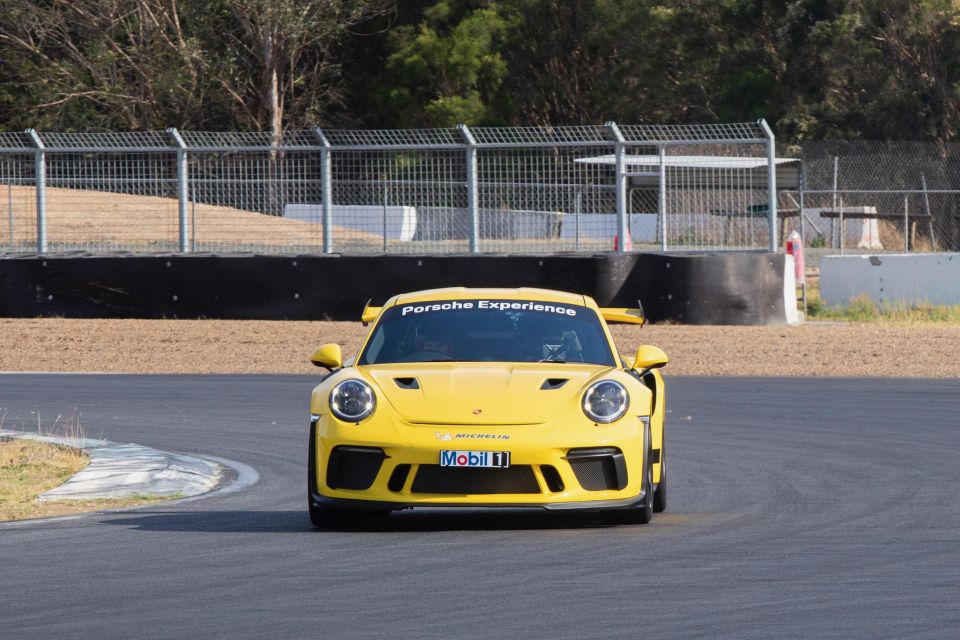
Although I set my lap times in the firmer suspension setting, I feel like the standard setting is a bit more forgiving and may have even been slightly faster on our test track in the end. In its firmest setting the car was just a little bit reactive, and the dampers were not allowing the wheel to absorb the energy of the bumps quite as well.
I would recommend starting out in the standard setting and building up your confidence with that first.
The steering is everything you expect from a Porsche; nicely weighted with great feedback. The precision and connection with the road are impossible to fault.
It’s so strange to be going so fast on a road tyre, but Michelin Pilot Sport Cup 2 rubber is definitely not a normal road tyre. Lateral grip was excellent, especially through the medium and fast corners.
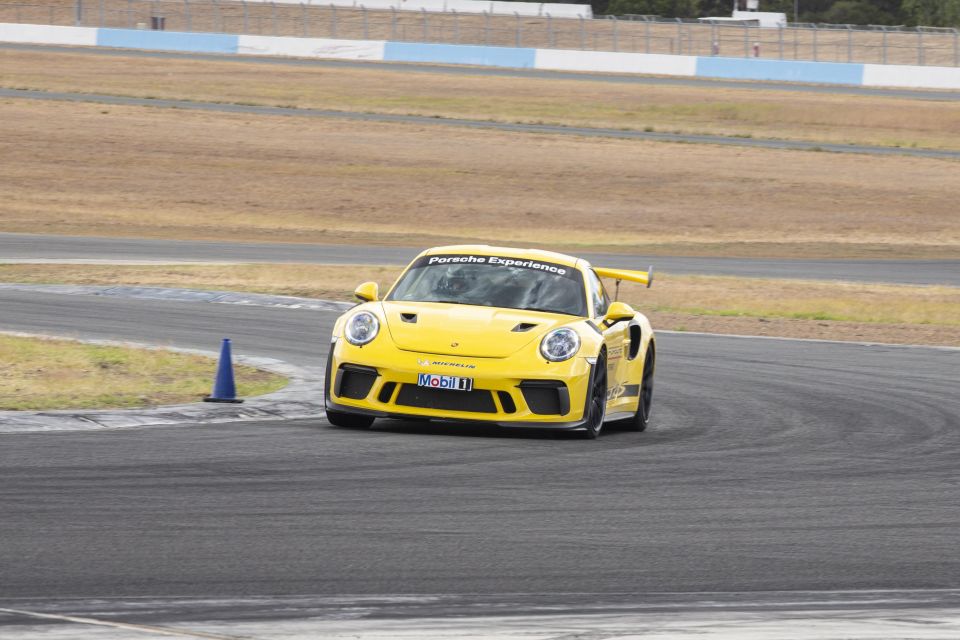
I am not going to say they feel like a slick tyre, but they start to make you think they aren’t far off. Longitudinally and especially under brakes they don’t offer the grip of a full slick, and you have to be mindful of that.
To be honest, I don’t have much to say here! I ran with the transmission and suspension in sport and left the ESC and traction control on. The great thing is it never really interfered with what I was doing, and you would only need to turn everything off for a drift session.
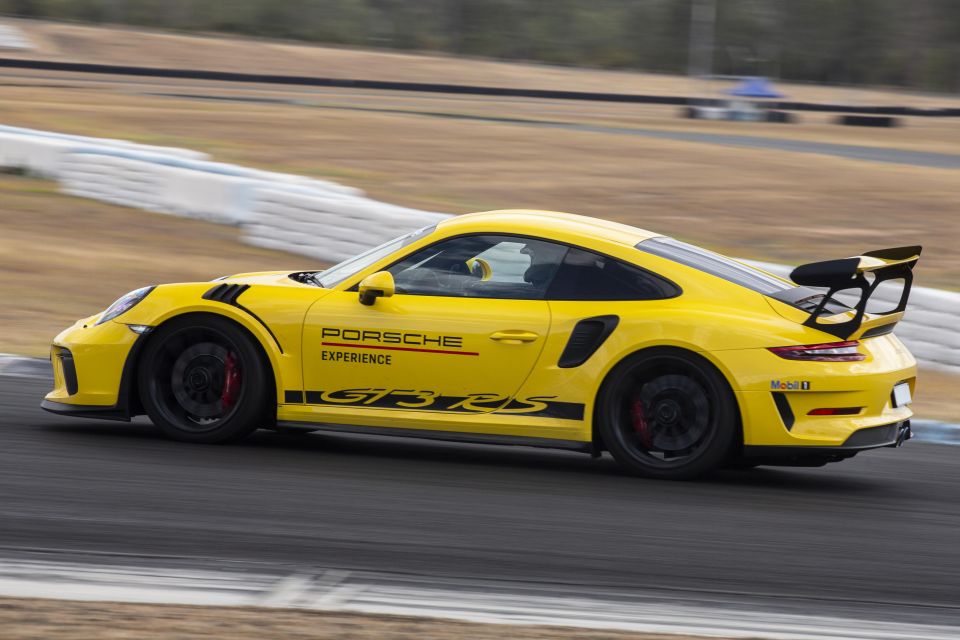
Because the engine is so linear and the lateral grip so high, you can ask a lot from the car without the aids trying to intervene. It has been designed to be driven hard at the limit and Porsche hasn’t tried to control that too much.
The seats are almost perfect in this car and offer great support, comfort, and positioning. My only complaint is that with a helmet on, which I highly recommend, your head gets slightly pushed forward compared to your back and feels a little awkward.


Personally if I was to track one of these regularly, I would look at changing the seat brackets so I was in a slightly better position, but without the helmet they are spot on.
The steering wheel is so nice and simple, and exactly what you want in terms of size, position, and finish – though I wouldn’t mind if Porsche added the controls for the suspension and traction control to the wheel for ease of use.
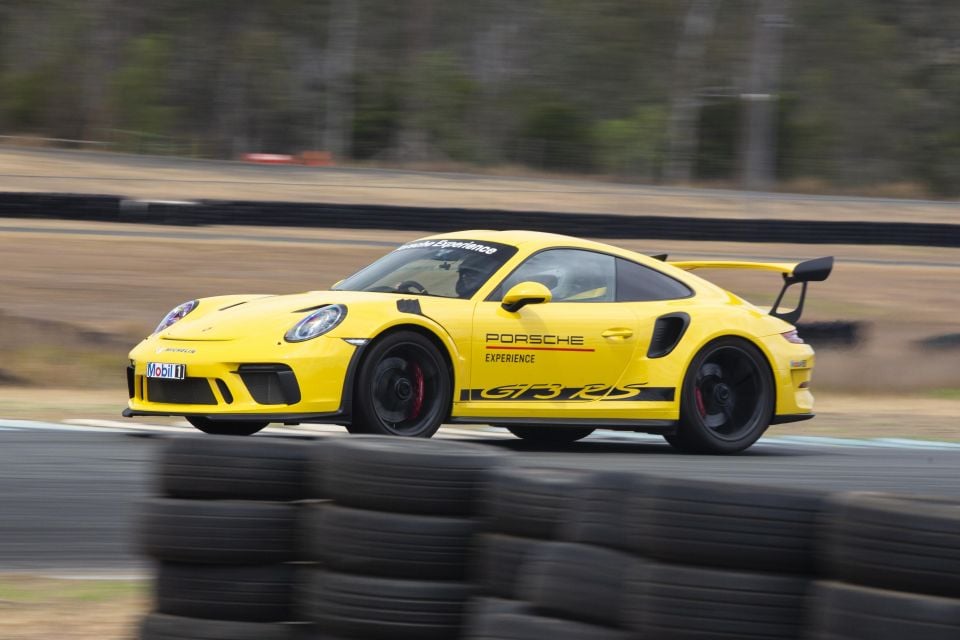
The rest of the interior does exactly what it needs to and I really had to search to find any issues. Mind you, most of the time my eyes were focused firmly on the track.
The two things that are important on the track for me are what gear you are in and when to shift to the next one, so incorporating a slightly bigger gear number display and shift lights would really finish off this car.
This is not a car you dominate on the first lap, this is a car you build a rapport with and gain the trust of!
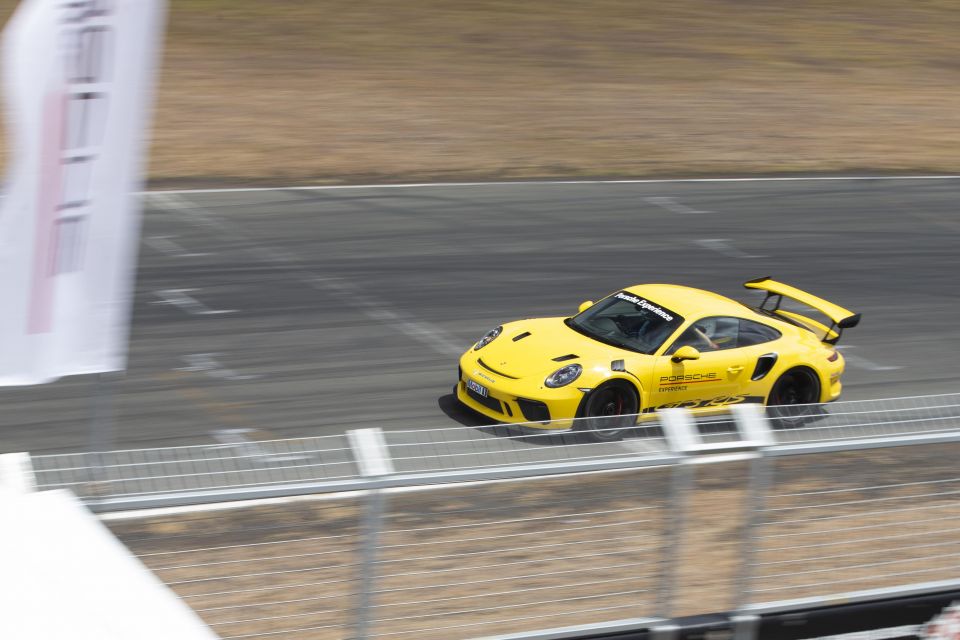
It challenges all levels of driver and never offers a lap time up easily. It’s a car you want to drive over and over again.
So when I got down to 54.99 seconds I was reasonably happy, but knew that I’d far from mastered the GT3 RS and there was plenty left on the table. I look forward to my next encounter with this machine.
Take advantage of Australia's BIGGEST new car website to find a great deal on a Porsche 911.


Gautam Sharma
4 Months Ago
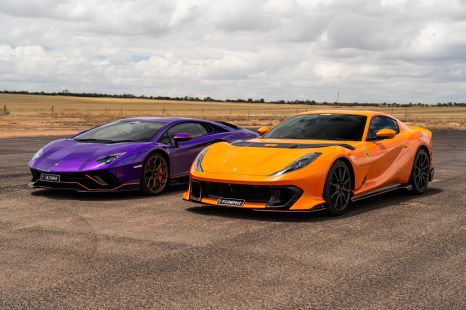

Paul Maric
4 Months Ago
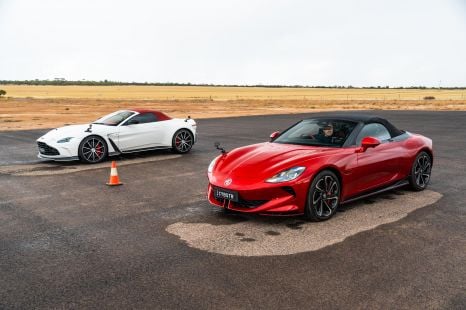

Paul Maric
4 Months Ago
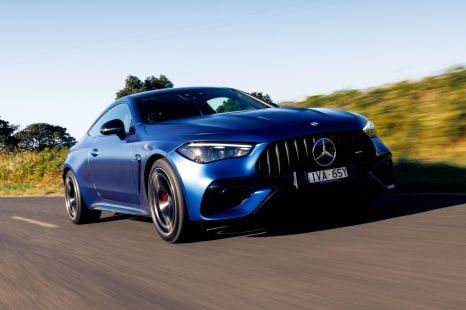

Josh Nevett
3 Months Ago
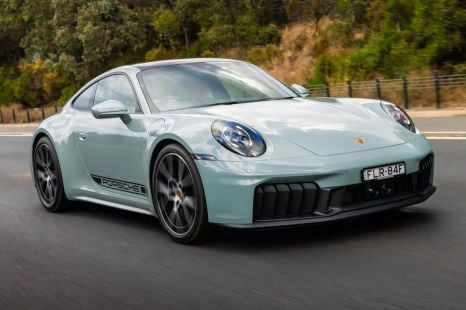

Alborz Fallah
2 Months Ago


William Stopford
22 Days Ago